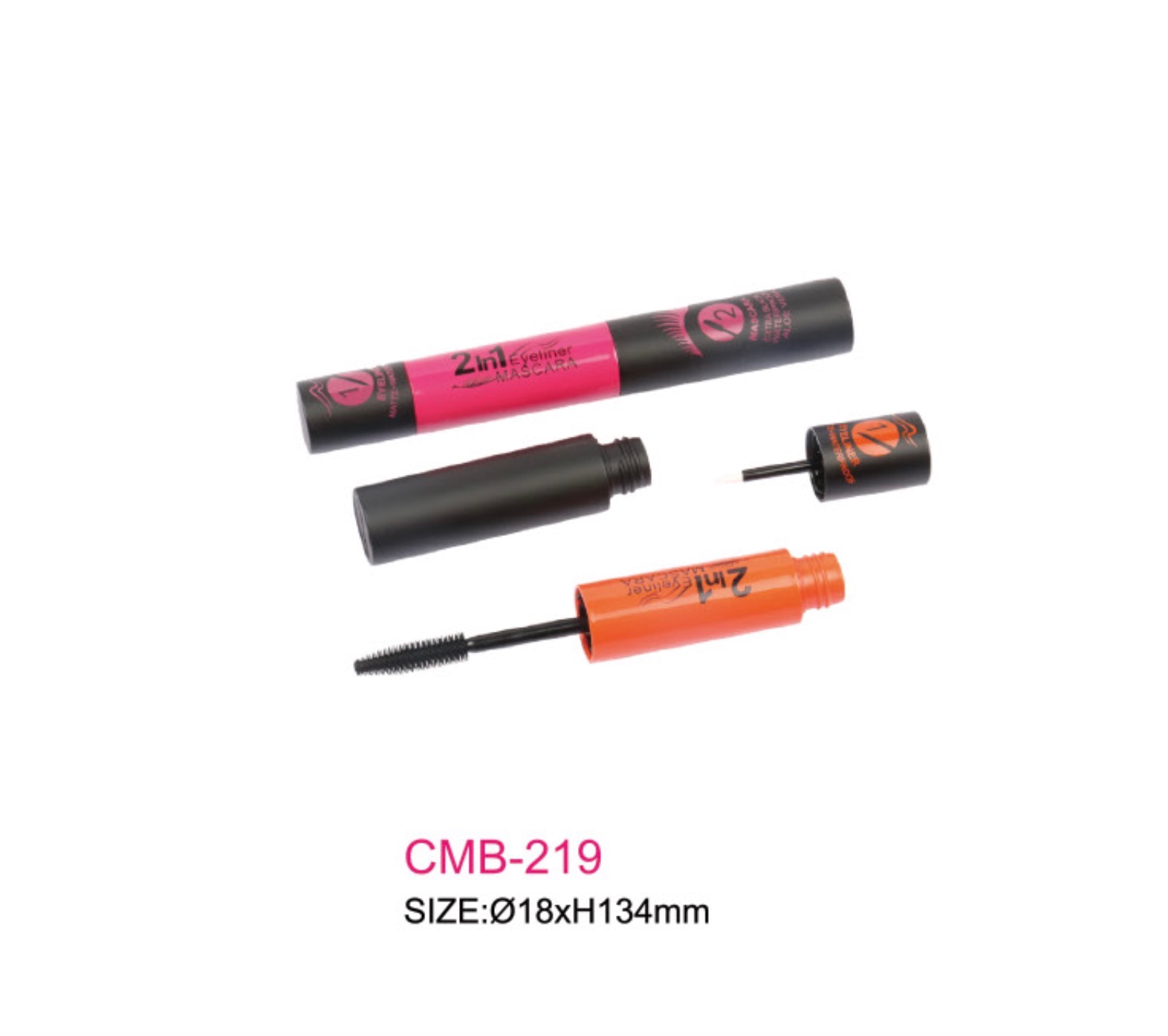
Taking into account only oscillation data, there is a weak/moderate preference for the normal neutrino mass ordering of 2. These new results should be regarded as robust due to the agreement found between our Bayesian and frequentist approaches. This preference is milder than the one found in previous global analyses. The global analysis still prefers normal neutrino mass ordering with 2.5 σ statistical significance. Regarding CP violation measurements, the preferred value of δ we obtain is 1.08 π (1.58 π ) for normal (inverted) neutrino mass ordering. The best fit value for the atmospheric angle θ 23 lies in the second octant, but first octant solutions remain allowed at ∼ 2. All in all, these new analyses result in more accurate measurements of θ 13, θ 12, $$ \Delta ^2\right| $$ Δ m 31 2. We have also included the latest electron antineutrino data collected by the Daya Bay and RENO reactor experiments, and the long-baseline T2K and NO ν A measurements, as reported in the Neutrino 2020 conference. Concerning the atmospheric and solar sectors, besides the data considered previously, we give updated analyses of IceCube DeepCore and Sudbury Neutrino Observatory data, respectively. In the present study we include up-to-date analyses from a number of experiments. We present an updated global fit of neutrino oscillation data in the simplest three-neutrino framework. We demonstrate that a DUNE-like detector can explore a wide range of parameter space in ALP-photon coupling gaγ vs ALP mass ma, including some regions unconstrained by existing bounds the “cosmological triangle” will be fully explored and the sensitivity limits would reach up to ma∼3–4 GeV and down to gaγ∼10−8 GeV−1. Moreover, the high-capability near detectors allow for discrimination between ALP signals and potential backgrounds, improving the signal sensitivity further.

Therefore, ALPs interacting with photons can be produced (often energetically) with high intensity via the Primakoff effect and then leave their signatures at the near detector through the inverse Primakoff scattering or decays to a photon pair. The high-intensity proton beam impinging on a target can not only produce copious amounts of neutrinos, but also cascade photons that are created from charged particle showers stopping in the target. We point out that future neutrino experiments, such as DUNE, possess competitive sensitivity to ALP signals. (Gatling / test) sbt.Axionlike particles (ALPs) provide a promising direction in the search for new physics, while a wide range of models incorporate ALPs.
#QUICKLENS CMB CODE#
Sbt.ForkMain 51328 failed with exit code 255 | => gat ru.AmqpProtocolMessage.$anonfun$mergeProperties$2(AmqpProtocolMessage.scala:18)Īt ru.AmqpProtocolMessage.$anonfun$mergeProperties$1(AmqpProtocolMessage.scala:14)Īt $ing(package.scala:62)Īt ru.rgeProperties(AmqpProtocolMessage.scala:16)Īt ru.AmqpAction.$anonfun$sendRequest$2(AmqpAction.scala:27)Īt io.map(Validation.scala:45)Īt ru.AmqpAction.$anonfun$sendRequest$1(AmqpAction.scala:27)Īt io.flatMap(Validation.scala:46)Īt ru.ndRequest(AmqpAction.scala:24)Īt io.$anonfun$execute$1(Action.scala:100)Īt io.execute(Action.scala:97)Īt io.execute$(Action.scala:96)Īt ru.AmqpAction.execute(AmqpAction.scala:12)Īt io.$bang(Action.scala:38)Īt io.$bang$(Action.scala:38)Īt ru.AmqpAction.io$gatling$core$action$ChainableAction$$super$$bang(AmqpAction.scala:12)Īt io.$bang(Action.scala:63)Īt io.$bang$(Action.scala:61)Īt ru.AmqpAction.io$gatling$core$action$ExitableAction$$super$$bang(AmqpAction.scala:12)Īt io.$bang(BlockExit.scala:141)Īt io.$bang$(BlockExit.scala:139)Īt ru.AmqpAction.$bang(AmqpAction.scala:12)Īt io.$$anonfun$receive$1.applyOrElse(SingletonFeed.scala:71)Īt (Actor.scala:539)Īt $(Actor.scala:537)Īt io.aroundReceive(BaseActor.scala:25)Īt (ActorCell.scala:612)Īt (ActorCell.scala:581)Īt (Mailbox.scala:268)Īt (Mailbox.scala:229)Īt (Mailbox.scala:241)Īt .doExec(ForkJoinTask.java:260)Īt $nTask(ForkJoinPool.java:1339)Īt .runWorker(ForkJoinPool.java:1979)Īt .run(ForkJoinWorkerThread.java:107) : .canAccess(Ljava/lang/Object )ZĪt ru.AmqpProtocolMessage.forceModify(AmqpProtocolMessage.scala:23)Īt ru.AmqpProtocolMessage.$anonfun$mergeProperties$3(AmqpProtocolMessage.scala:18)Īt (IndexedSeqOptimized.scala:60)Īt $(IndexedSeqOptimized.scala:68)Īt $ofRef.foldLeft(ArrayOps.scala:198) Uncaught error from thread : .canAccess(Ljava/lang/Object )Z, shutting down JVM since 'akka.jvm-exit-on-fatal-error' is enabled for ActorSystem Simulation rabbit.PublishExample started. Compiling 1 Scala source to/gatling-sbt-plugin-demo/target/scala-2.12/gatling-classes.

Compiling 1 Scala source to/gatling-sbt-plugin-demo/target/scala-2.12/test-classes.

Sbt:gatling-sbt-plugin-demo> gatling:test


 0 kommentar(er)
0 kommentar(er)
